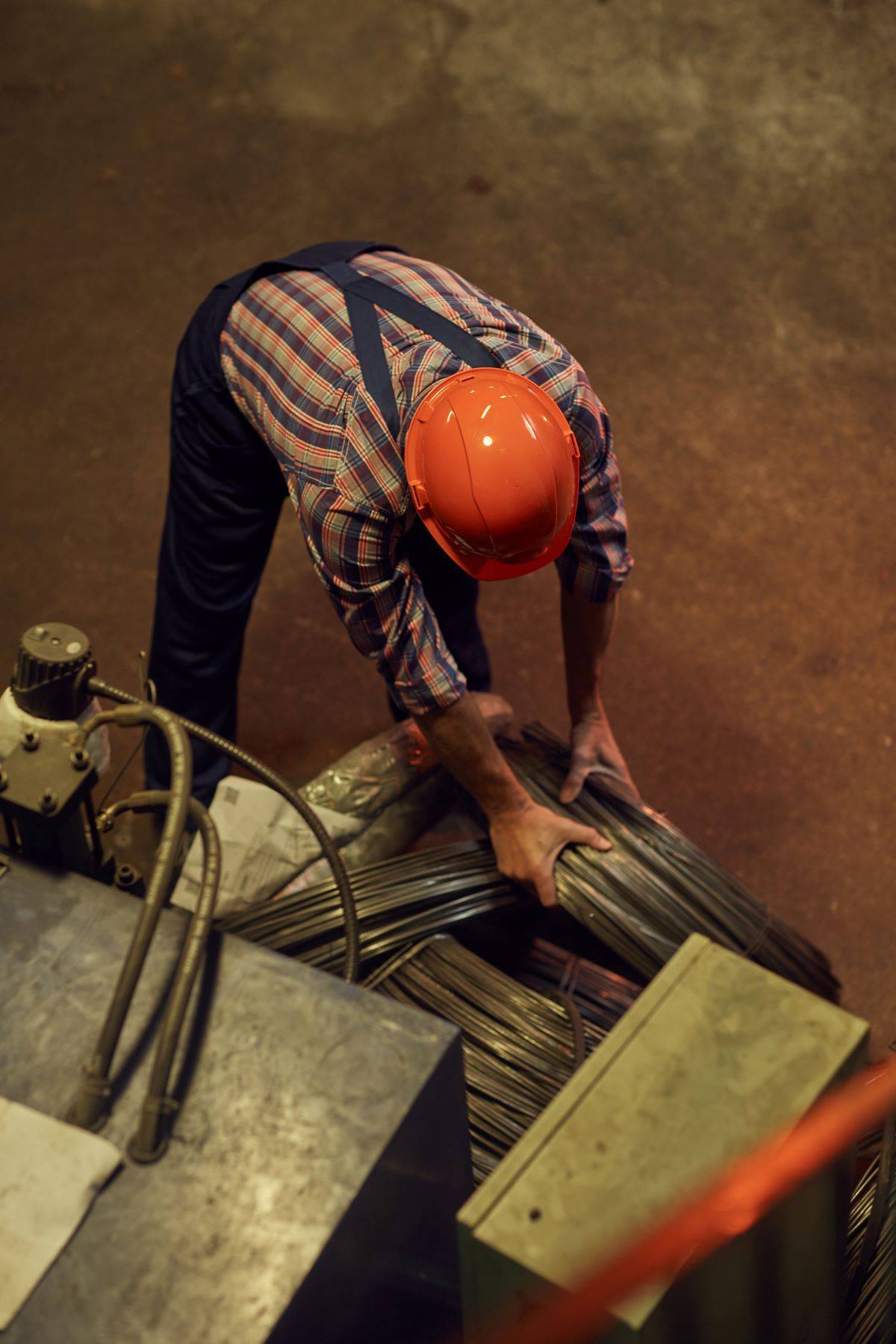Reconstruction of the overhead power line into a cable line
 Reconstruction of the overhead power line
Reconstruction of the overhead power line
Electricity is needed by both households and business customers. Electricity is supplied to various places not only by overhead lines. In many cases, it is recommended to use a cable line that is usually invisible to users. There may also be a need to modify the existing installation, including the conversion of an overhead line into a cable one. Therefore, the available solutions are worth taking a closer look at.
Stable energy supply
Cable lines can be used for both direct current (the only sea power line in Poland connecting the Polish Power System with the Swedish Power System) and alternating current. They enable a constant supply of energy in industrialized and largely built-up areas. Cable installation (understood as laying the HV, MV, LV cable – not to be confused with installation in buildings) can be done in urban areas and industrial plants. It is laid in the ground and/or in cable ducts, as well as on specially prepared building structures, walls, pipes and other elements enabling stable and safe assembly. The maximum length of the cable line depends on its type, installation method and current load.
Construction of the cable installation
A single cable line includes a multi-core cable and, in other solutions, single-core cable bundles and the necessary accessories. The wires are laid in one configuration and connected with clamps. The cables are insulated and protected by a special sheath. The depth of cable laying affects the current carrying capacity, which should be included in the calculations at the design stage. Depending on the installation method, adequate cable protection must be ensured. It is possible to use a protective cover and armour, which increases resistance to mechanical damage. Thanks to this, cable lines can be run underground, including along roads or plot boundaries. Thus, it is possible to supply energy to selected areas, taking into account the individual needs of users.
Reconstruction of the power line
Reconstruction of an overhead power line into a cable line allows you to reduce the costs of damage caused by atmospheric factors, such as storms, gales, hail, snow or icing. In many cases, a new installation is made when it is no longer possible to use the overhead line. The development of modern technologies has made the operating costs of the lines similar in both cases, which is why cable installations are becoming more and more popular. It is a solution that meets the expectations of investors who want to secure energy supplies and at the same time maintain a high level of aesthetics of the used area and buildings.

Advantages of cable lines
Cable lines are characterized by greater stability and lower failure rate. They are better protected against external factors and the possibility of short circuits and overvoltages. They are less burdensome for the environment than overhead power lines. They reduce noise and do not disturb the landscape of the area adjacent to the installation. In addition, in the case of cable lines there is a lower risk of electric shock, thanks to which a higher level of safety of people staying in a given area is maintained. This is especially important when the line is operated on a construction site or near heavily frequented places in urban areas.
Indications for the assembly of the cable line
Converting an overhead power line to a cable line may be recommended, although higher installation costs will be required. This situation may occur in the following cases:
- inability to build the overhead line, due to e.g. the presence of dangerous dust or corrosive gases
- conflicting the route of the planned overhead power line with residential areas in heavily urbanized and densely built-up areas, or in the case of a collision of the MV overhead line with motorways and expressways
- the necessity to run a power line through a large water reservoir
- the need to ensure the reliability of line operation at the maximum level
- the presence of an increased risk of damage to the overhead line due to external factors, including the movement of large vehicles
- planning the modernization and extension of the line due to the expected increased power consumption
- crossing power lines with different voltages
It is worth noting that the modernization of the line is possible both in the case of overhead and cable installation, but in the latter case it is much easier.
Disadvantages and limitations of cable lines
Conversion of an overhead line into a cable line also has a number of disadvantages that may affect decisions regarding the implemented investments. The costs of designing and installing cable lines are higher than in the case of overhead installations. Construction may be hindered by obstacles resulting from the existing underground infrastructure – often not marked on maps and land development plans. Metal components may be at greater risk of corrosion, especially in the case of DC lines exposed to the phenomenon of stray currents. Soil conditions are also important, which can accelerate the aging of cables and the need for their frequent replacement or repair.
The decision to build or reconstruct power lines should always be made on the basis of an analysis of the situation in a given area, taking into account the knowledge and experience of specialists. Thanks to this, energy supplies will be able to be provided without interruption and will not require incurring increased costs related to long-term operation of the line.